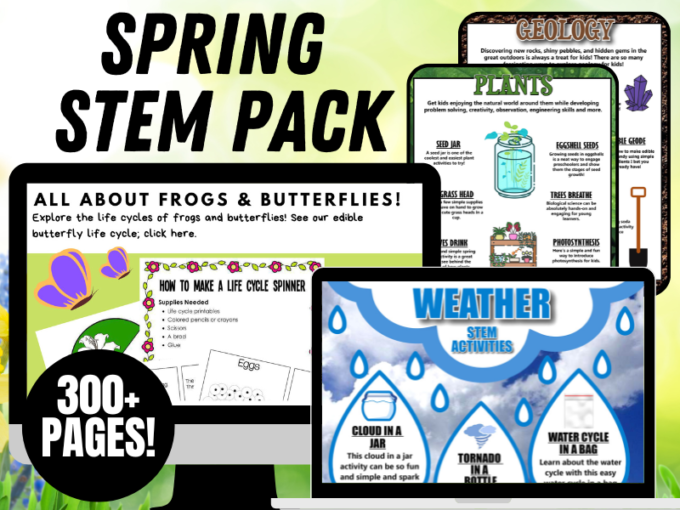Spring has surely sprung when you see new leaves on the trees. But ever wondered do plants breath and if so, how? Plant science can be absolutely hands-on and engaging for young learners. All you need to do is head outside and grab a few leaves to get started. Learn all about plant respiration with this fun and simple Spring STEM activity.
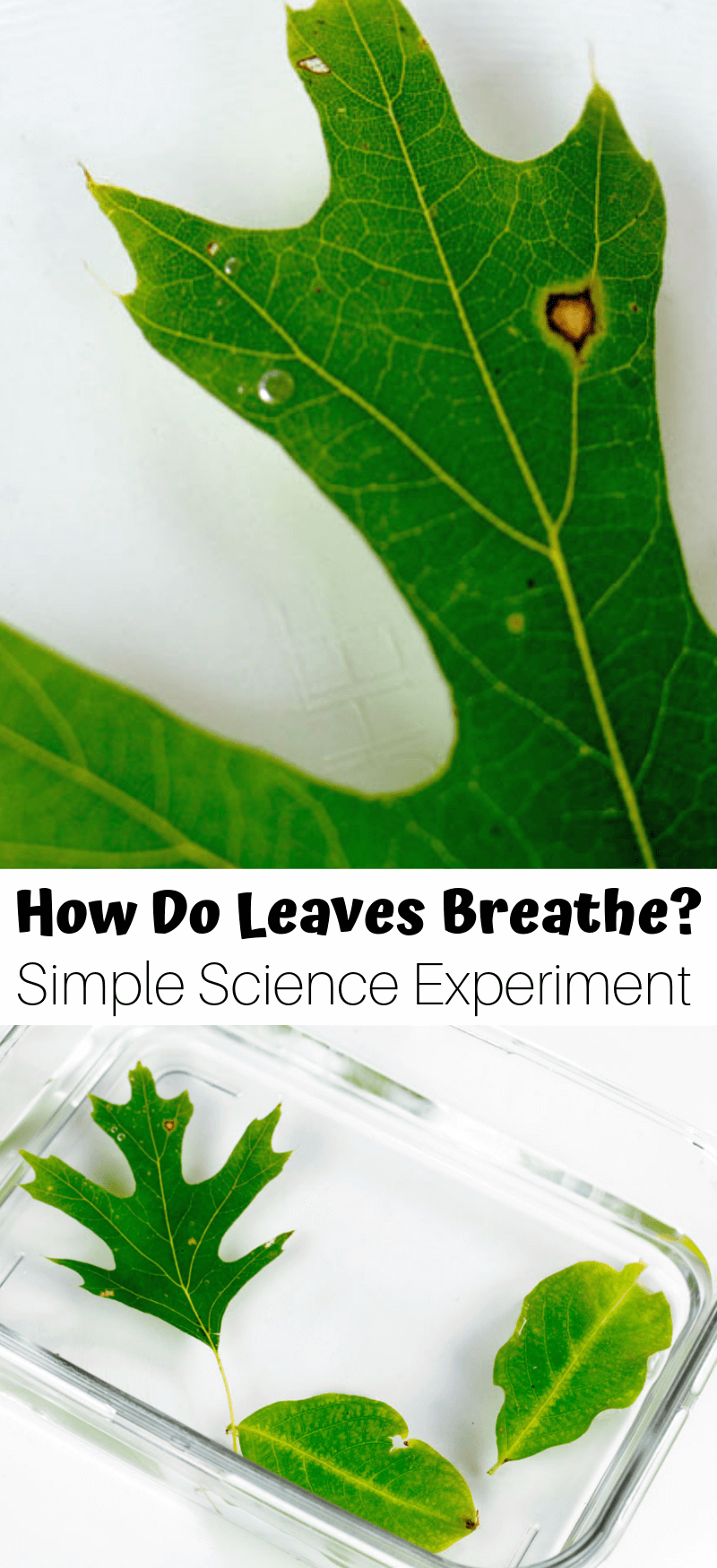
Explore Plants For Spring Science
Spring is the perfect time of year for science! There are so many fun themes to explore. For this time of the year, our favorite topics to teach your students about spring include weather and rainbows, geology, and of course plants!
Get ready to add this simple plant science activity, to your lesson plans this season. Our science activities and experiments are designed with you, the parent or teacher, in mind!
Easy to set up, quick to do, most activities will take only 15 to 30 minutes to complete and are heaps of fun! Plus, our supplies lists usually contain only free or cheap materials you can source from home!
Let’s learn about how plants breath! While you’re at it, make sure to check out these other fun spring science activities.
Do Plants Breath?
Do plants breath in carbon dioxide? Do they breath in oxygen? Do plants need to eat and breath? So many fun questions to explore!
All living organisms need energy to live on earth. We get energy by eating food. But unlike us, green plants can make their own food through a process called photosynthesis. They even provide food for us!
Oxygen is also important for animals to live on earth. Without it, we can’t breathe! Plants help us breathe by taking in carbon dioxide, and letting out oxygen through their leaves. This process is called plant respiration. The oxygen is a by-product of photosynthesis.
Learn more with these photosynthesis worksheets for kids!
In this science activity below we will show you how you can observe plant respiration happening in the leaves you picked.
Why Do Plants Need Sunlight?
The sun is key to this science activity! The leaf uses the sunlight during photosynthesis, which is how the plant converts light energy into chemical energy or food for the plant. During photosynthesis, the leaf gets rid of what it doesn’t need which is extra oxygen and water.
All the extra oxygen the plant releases during photosynthesis can be seen in the form of bubbles of gas which rise to the surface in the water. The bubbles you see in the water is plant respiration in action!
Learn about why plants are called producers in the food chain!
Get your FREE printable spring STEM cards!
Plant Respiration In The Classroom
My best tip is this! Set this activity up at the beginning of the day and check in to see plant respiration in action right before lunch.
OR start it after lunch and observe what happens before your class leaves for the day. Remember, it will take a few hours before you’ll be able to see respiration in action!
Variation: If possible gather a few different specimens of leaves and observe any differences during the process! Different types of broad tree or plant leaves will be the easiest to observe!
Leftover leaves? Why not learn about leaf veins, try a leaf chromatography experiment or even enjoy a leaf rubbing craft!
Plant Respiration Experiment
Let’s head outdoors, grab some fresh leaves and be prepared to see some fun breathing from leaves!
Supplies:
- Shallow glass bowl or container
- Fresh leaves (Actually removed from the tree!)
- Lukewarm water (Room temperature will work if necessary)
- Patience! (This science activity will take a few hours before you can start to observe anything happening.)
- Magnifying glass (optional)
Instructions:
STEP 1: Cut a green leaf off of a plant or tree. You will need fresh leaves and not leaves picked off the ground.
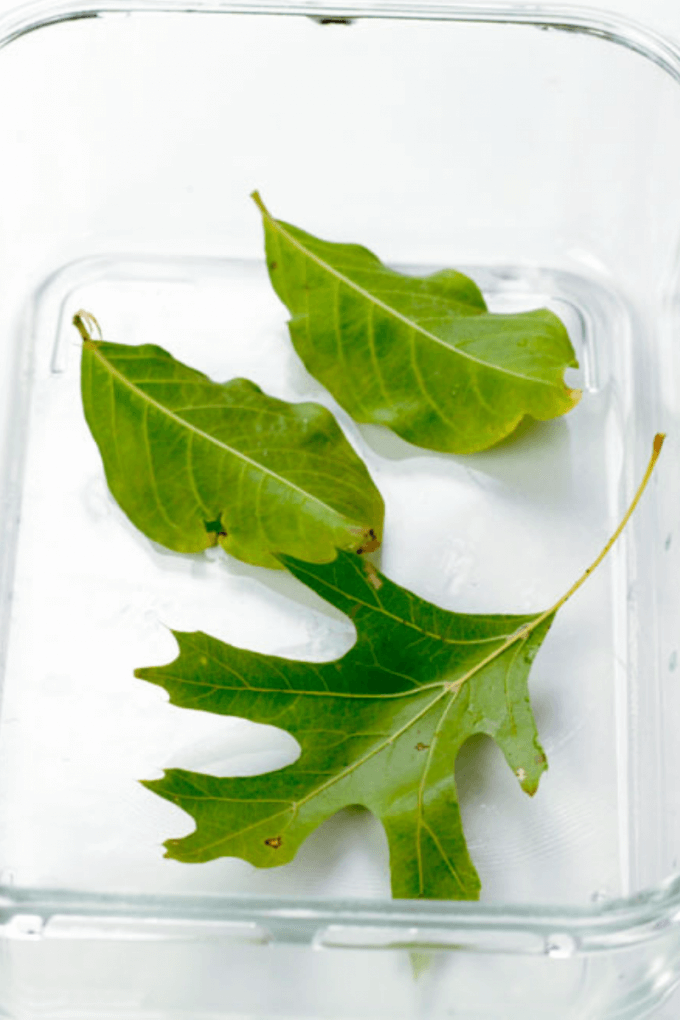
STEP 2: Add lukewarm water to a shallow glass container or bowl.
STEP 3: Place a single layer of leaves inside the water, submerging them just below the surface with a small heavy item. Place the bowl in the sun.
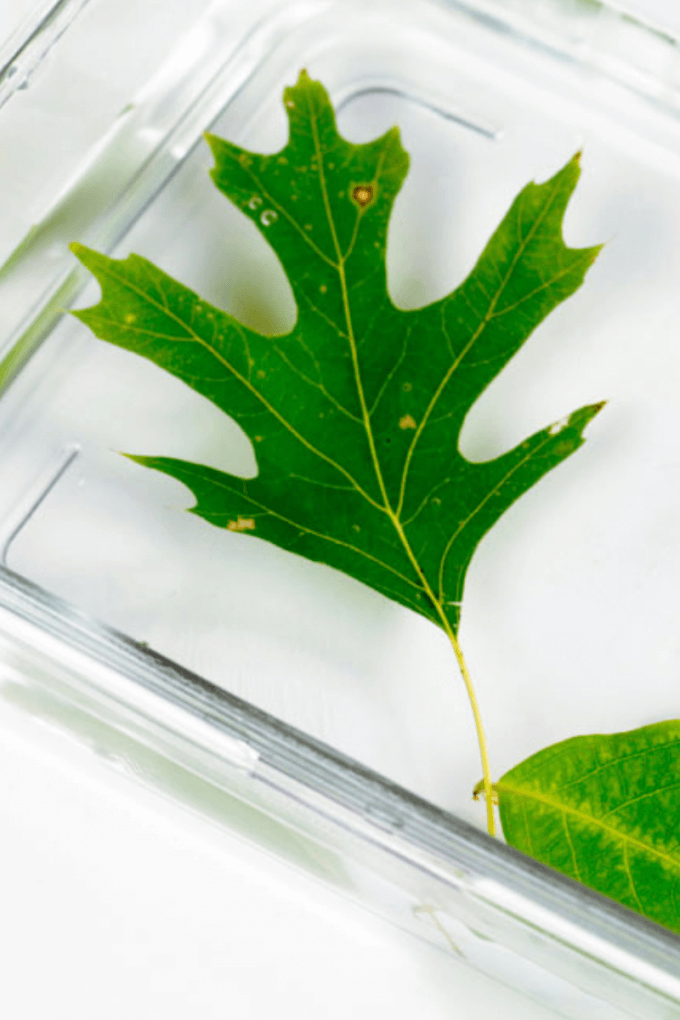
STEP 4: Wait for 2 to 3 hours.
STEP 5: Watch as little air bubbles form on the top of the leaves. What is happening? If have difficulty seeing the bubbles, use a small magnifying glass!

Additional Plant Activities To Extend The Learning
When you finish investigating plant respiration, why not learn more about plants with one of these ideas below. You can find all our plant activities for kids here!
See up close how a seed grows with a seed germination jar.
Why not try planting seeds in eggshells.
Here is our suggestions for the easiest flowers to grow for kids.
Growing grass in a cup is just a lot of fun!
Learn about how plants make their own food through photosynthesis.
Explore the important role plants have as producers in the food chain.
Learn about plants in the carbon cycle and nitrogen cycle.
Name the parts of a leaf, the parts of a flower, and the parts of a plant.
Explore the parts of a plant cell with our printable plant cell coloring sheets.
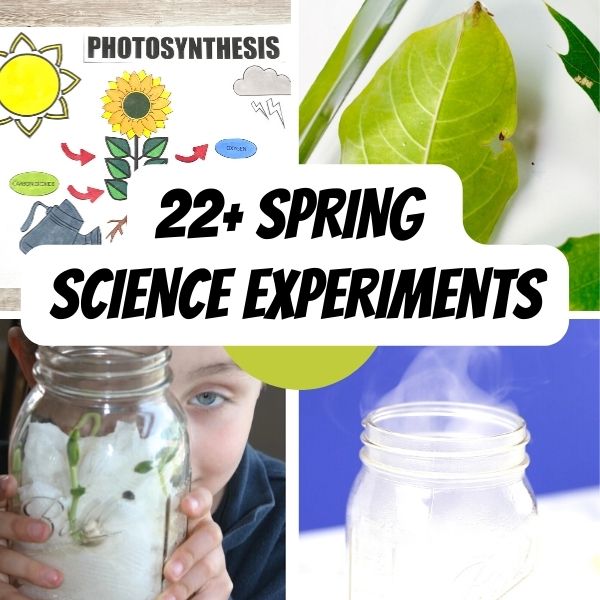
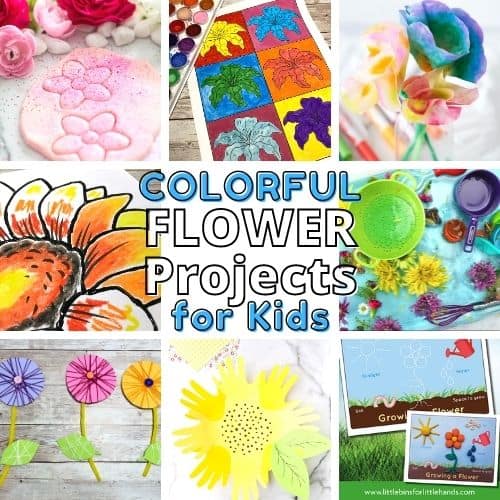
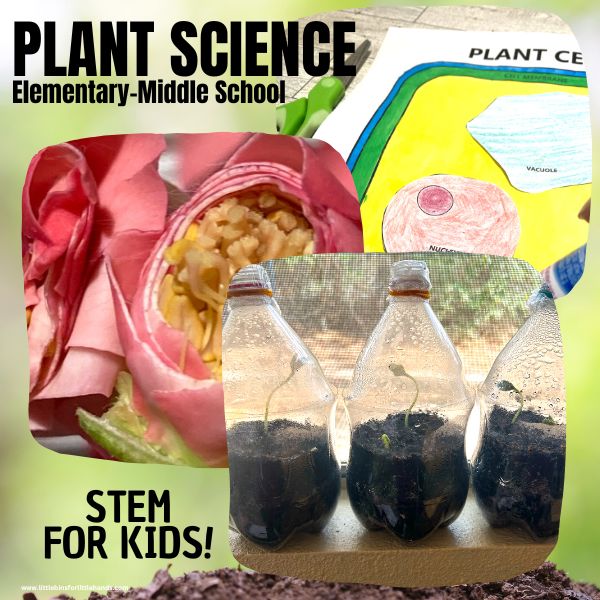
Printable Spring Activities Pack
If you’re looking to grab all of the printables in one convenient place plus exclusives with a spring theme, our 300+ page Spring STEM Project Pack is what you need!
Weather, geology, plants, life cycles, and more!


